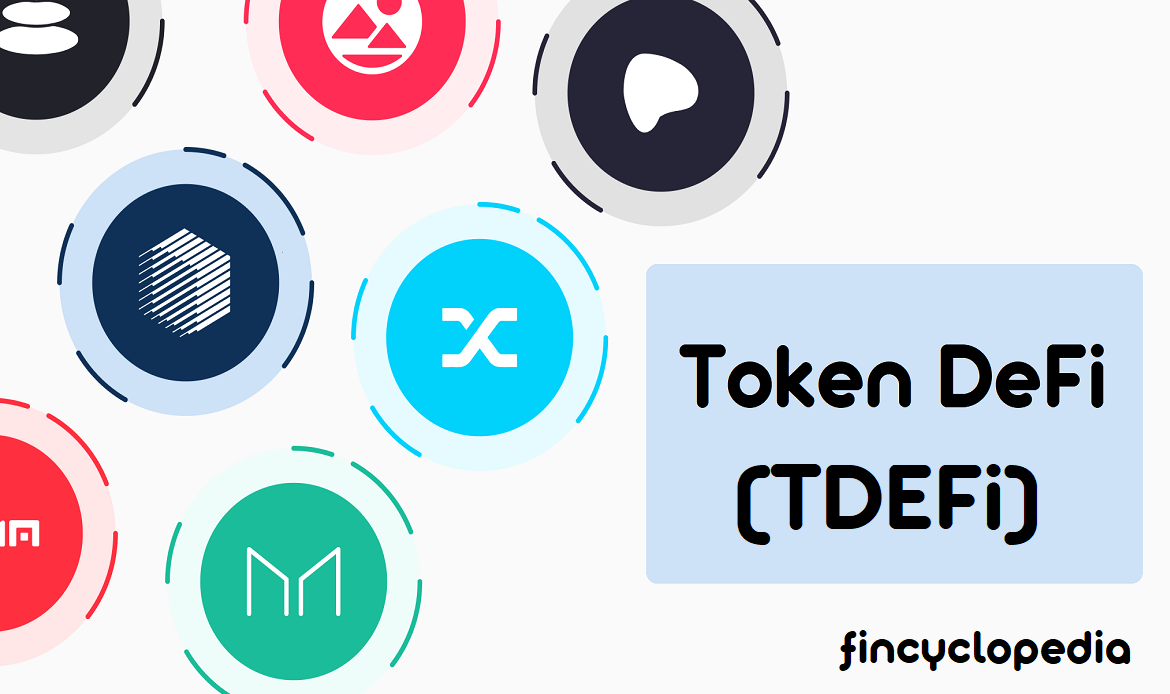An uncommitted facility is a loan facility (e.g. a credit line) whereby the two parties (lender and borrower) have a large degree of discretion as to decide their course of action. As opposed to a committed facility, an uncommitted facility is short-term by nature, and is largely subject to the discretion of either party or both.
The lender (creditor), under an uncommitted facility, has no obligation to extend credit to the borrower, while the borrower has no obligation to use, or continue using, the facility and has the right to terminate it at any time. The parties do not have to set clear terms or manifest the ability to the extend/ use the loan. A borrower can benefit from an uncommitted facility or uncommitted credit line to overcome seasonal revenue fluctuations or meet short term payment obligations (e.g. an overdraft facility).
The main examples of uncommitted facility are:
- Overdrafts.
- Bank guarantees.
- Futures market facilities.
- Foreign exchange options (FX options).
- Commodity derivatives.
- Standby letters of credit (standby L/C).
For example, a bank guarantee is a means by which an entity can enhances its credit standing as it helps promotes confidence in a transaction that will largely contribute towards execution to the satisfaction of the parties involved. It constitutes a promise or undertaking, issued by a bank or a similar financial institution, to make payment to a third party under certain circumstances – such as case of default or failure by the buyer to fulfill its obligations. The bank guarantee eliminates the risk of non-payment and helps facilitate trade on a mass scale.
Such guarantees enable companies to buy goods from suppliers without which it such companies may not be able to obtain them due to the risk involved in a transaction with no guarantee of payment.







